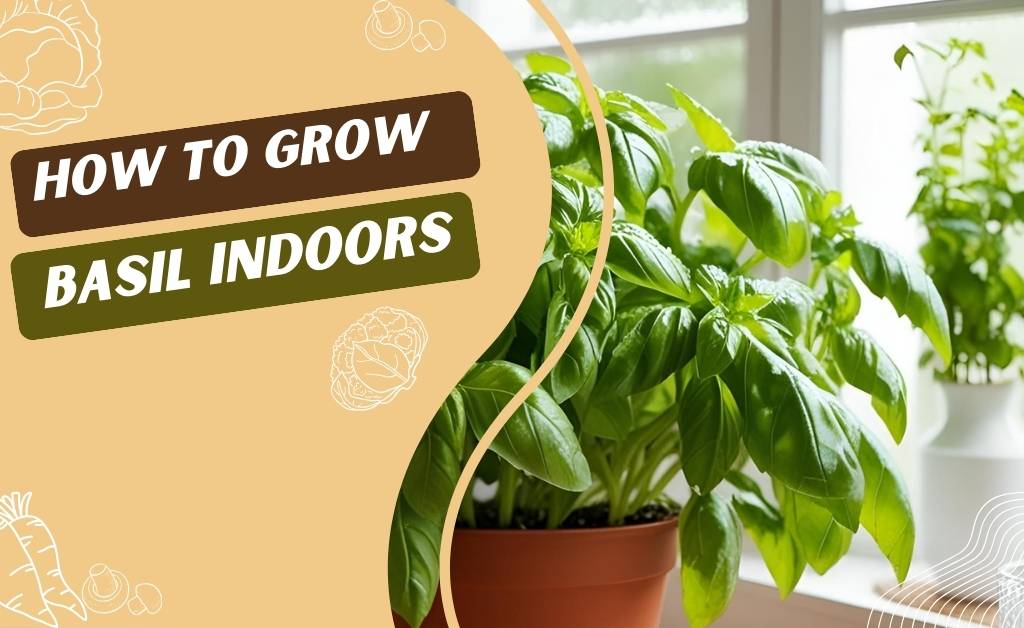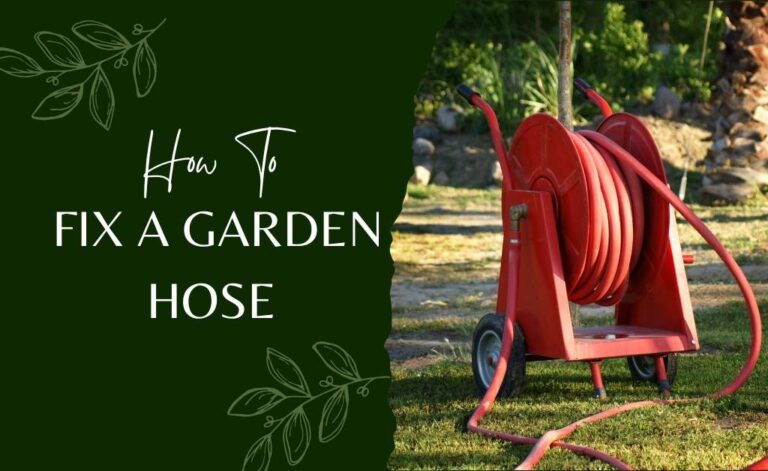
Growing basil indoors can be a rewarding experience, especially during the colder months when outdoor growing conditions are unfavorable.
With the right techniques and care, you can enjoy a bountiful harvest of fresh, fragrant, and flavorful basil all year round.
In this article, we will walk you through a step-by-step guide to help you grow basil indoors and make the most of this popular herb.
Choosing the Right Basil Variety
Before starting your indoor basil growing journey, it’s essential to choose the right variety of basil.
There are over 160 varieties of basil, each with its unique flavor profile, aroma, and appearance. Some popular varieties for indoor growing include:
- Genovese: a classic Italian basil with a sweet and slightly spicy flavor
- Purple Basil: a beautiful, deep purple variety with a rich, slightly sweet flavor
How to Grow Basil Indoors Step By Step Guide
Step 1: Preparing the Soil and Containers
Preparation is key to growing healthy basil indoors. Here are some essential steps to take before planting:
Containers: Choose containers that are at least 6-8 inches deep and have good drainage holes. Basil has a deep root system, so it requires plenty of room to grow. Avoid using plastic containers, as they can trap moisture and cause the roots to rot.
Step 2: Planting and Caring for Your Basil
Once you have your soil and containers ready, it’s time to plant your basil.
1. Seeding: Sow your basil seeds indoors 8-10 weeks before the last frost date in your area. Cover the seeds with a thin layer of soil and keep the soil consistently moist but not waterlogged.
2. Lighting: Provide your basil with bright, indirect light. East- or west-facing windows are ideal. Avoid direct sunlight, as it can cause the leaves to become scorched. If you can’t provide natural light, invest in LED grow lights.
4. Temperature: Keep the temperature between 65°F (18°C) and 75°F (24°C). Avoid placing your basil near heating vents, radiators, or drafty windows.
Step 3: Pruning and Propagation
Pruning and propagation are crucial steps in growing healthy, bushy, and productive basil.
1. Pruning: Prune your basil regularly to encourage bushy growth and prevent it from becoming leggy. Remove any flower buds that form, as they can divert the plant’s energy from leaf growth. Pinch off the top sets of leaves to encourage branching.
2. Propagation: Basil can be propagated by stem cuttings, leaf cuttings, or seed. Take 4-6 inch stem cuttings, dip the cut end in water, and plant it in a pot filled with soil. Cut off the lower leaves, and plant the leaf cutting in a pot, allowing the leaf to absorb water and develop roots.
Step 4: Pest and Disease Management
Despite your best efforts, pests and diseases can still attack your indoor basil. Here are some common issues and their solutions:
1. Pests: Aphids, whiteflies, and spider mites can infest your basil. Use neem oil, insecticidal soap, or pyrethrin to control infestations.
2. Diseases: Fungal diseases like powdery mildew and root rot can be treated with fungicides like copper or sulfur. Preventative measures include maintaining good air circulation, avoiding overwatering, and providing adequate light.
Step 5: Harvesting and Storage
The moment of truth! Harvest your basil regularly to encourage the plant to produce more leaves. Here are some tips:
1. Harvesting: Pinch off individual leaves or stems as needed. Avoid cutting into the stem, as this can cause the plant to become stressed.
2. Storage: Store your harvested basil leaves in an airtight container in the refrigerator for up to 5 days. Freeze or dry the leaves if you won’t be using them immediately.
Conclusion
Growing basil indoors can be a rewarding experience, especially during the colder months. By following our step-by-step guide, you can enjoy a bountiful harvest of fresh, fragrant, and flavorful basil.
Remember to choose the right variety, prepare the soil and containers, plant and care for your basil, prune and propagate, manage pests and diseases, and harvest and store your basil regularly.
FAQs
What is the best time to plant basil indoors?
8-10 weeks before the last frost date in your area.
How often should I water my basil?
Water thoroughly, allowing the soil to dry slightly between waterings.
Can I grow basil in a dark room?
No, basil requires bright, indirect light to thrive. Consider using LED grow lights if you can’t provide natural light.
By following the guidelines and tips outlined in this article, you can successfully grow basil indoors and enjoy its delicious flavor and aroma all year round. Happy growing!



